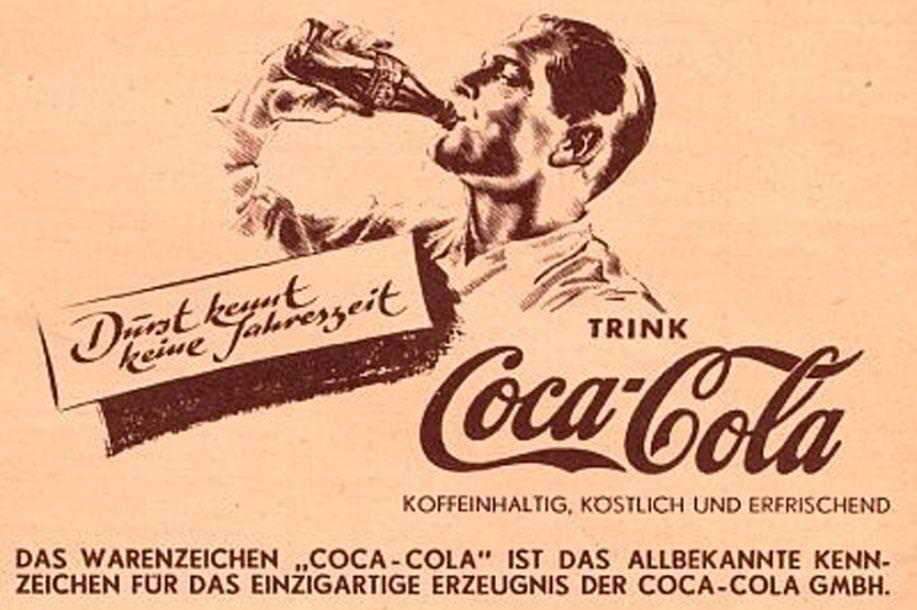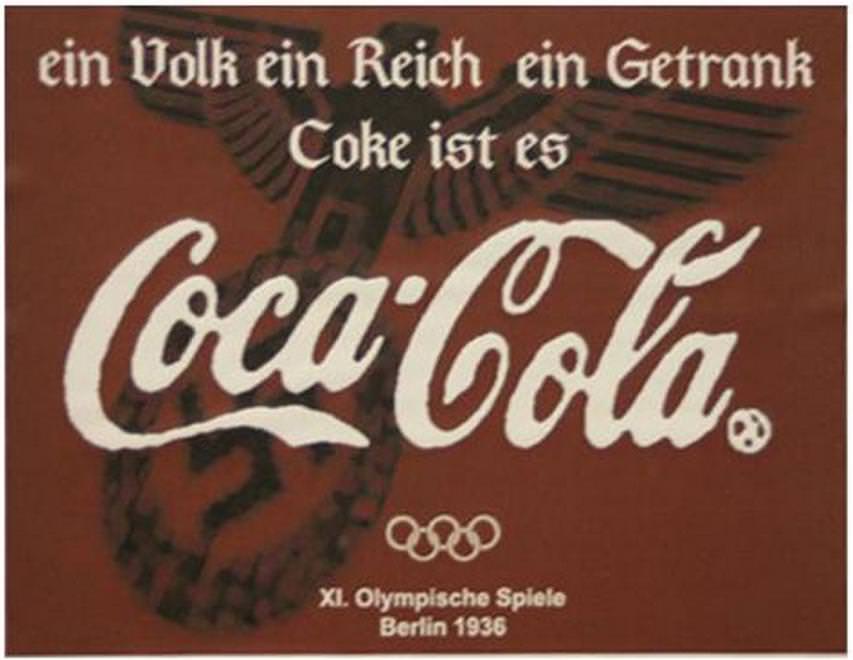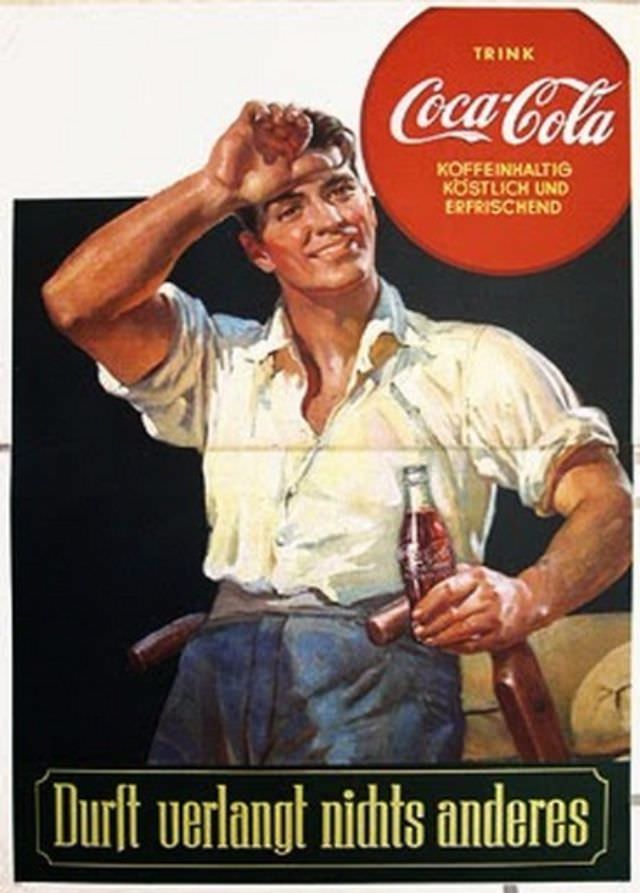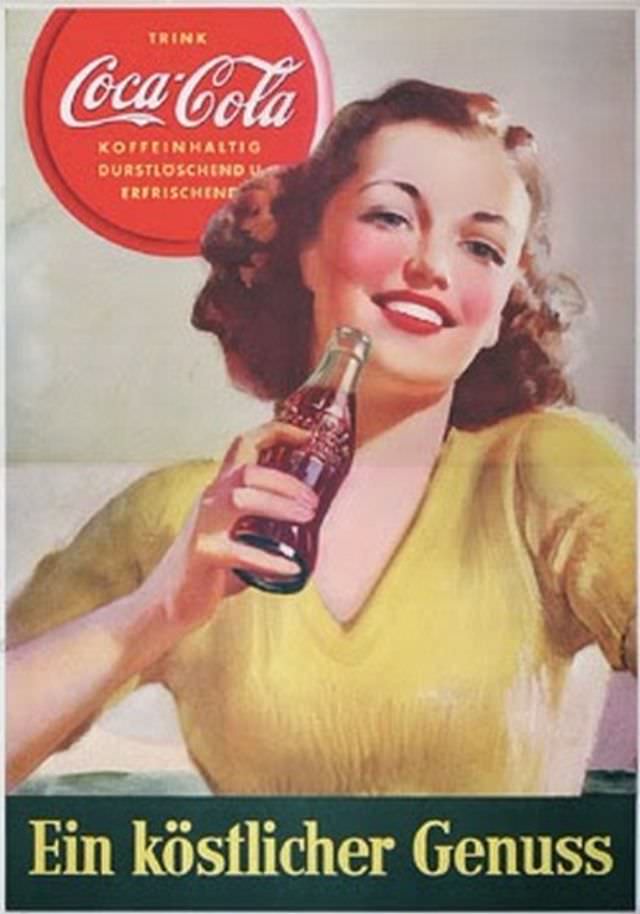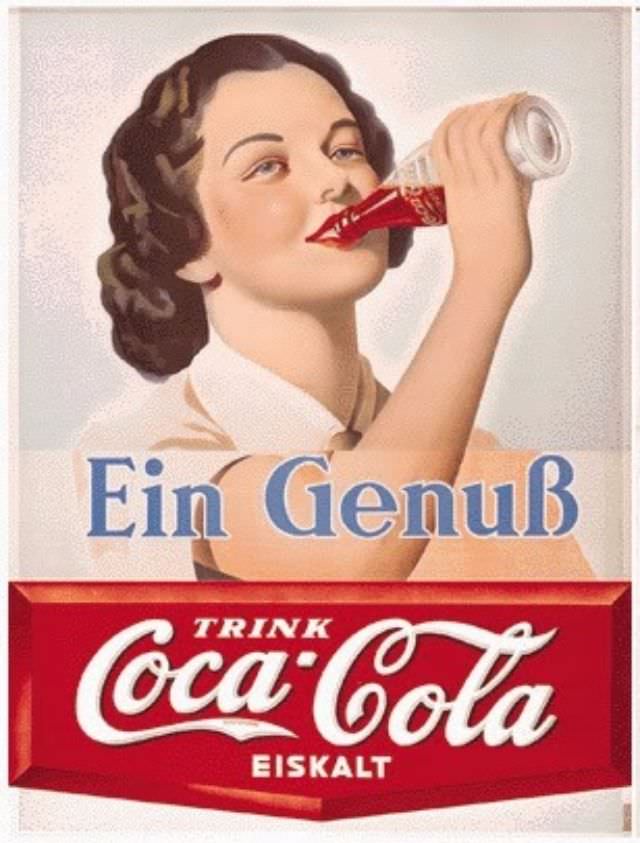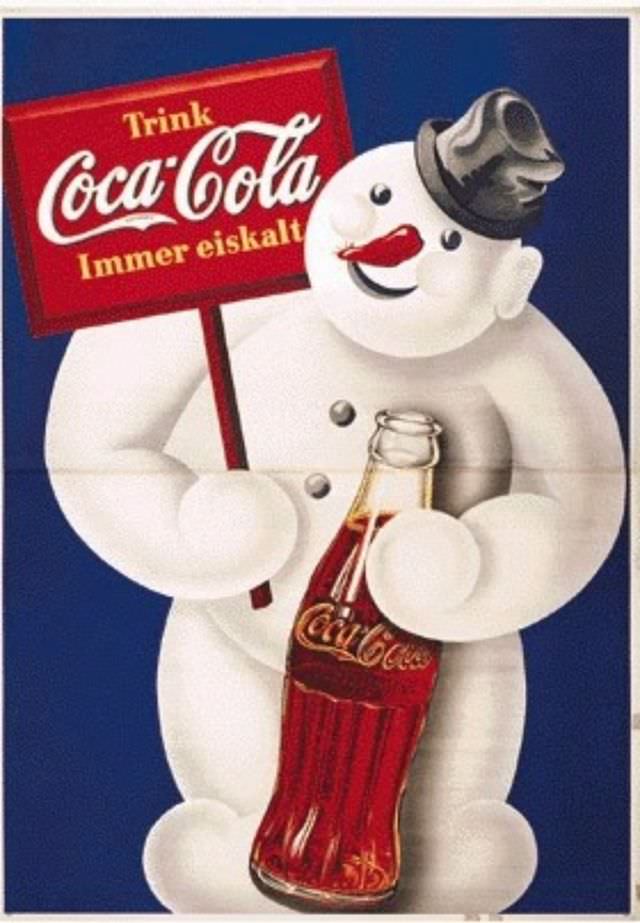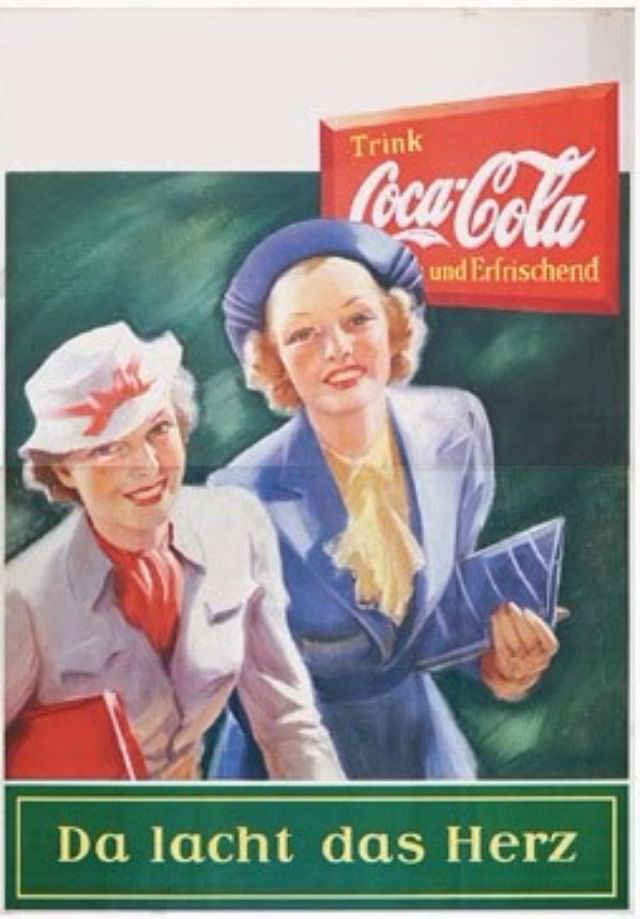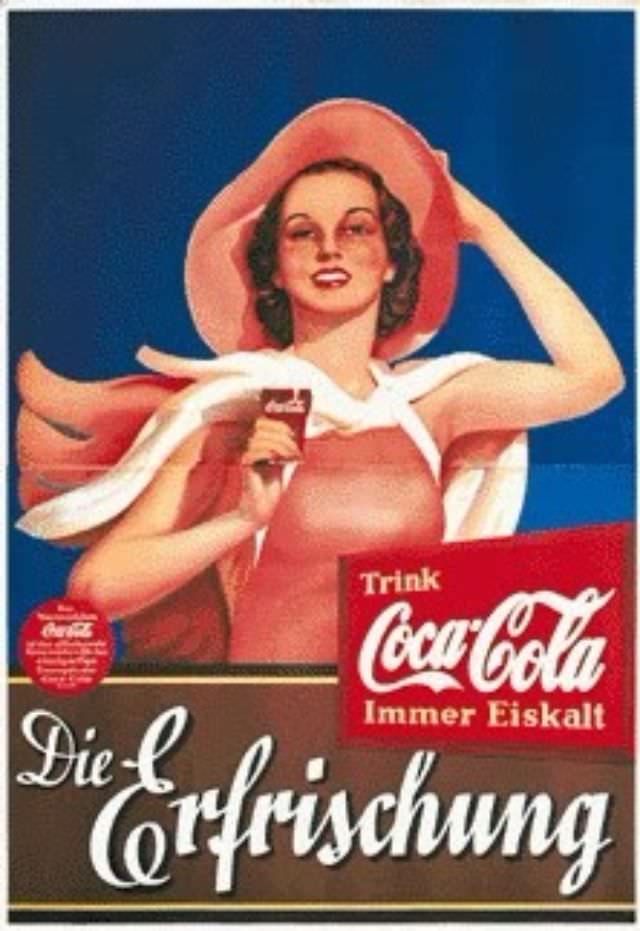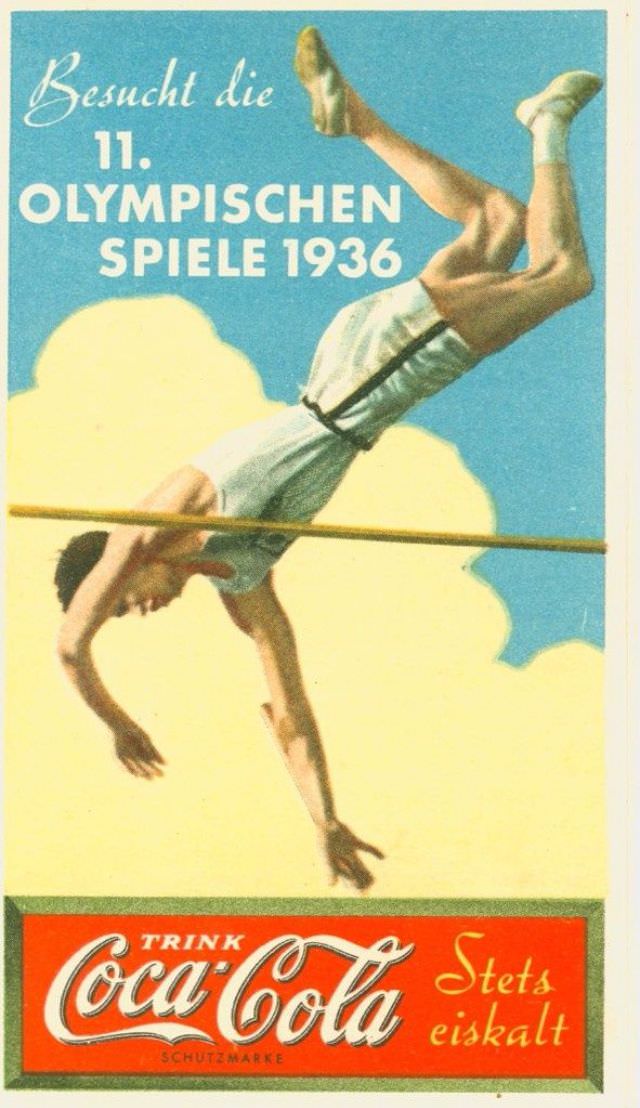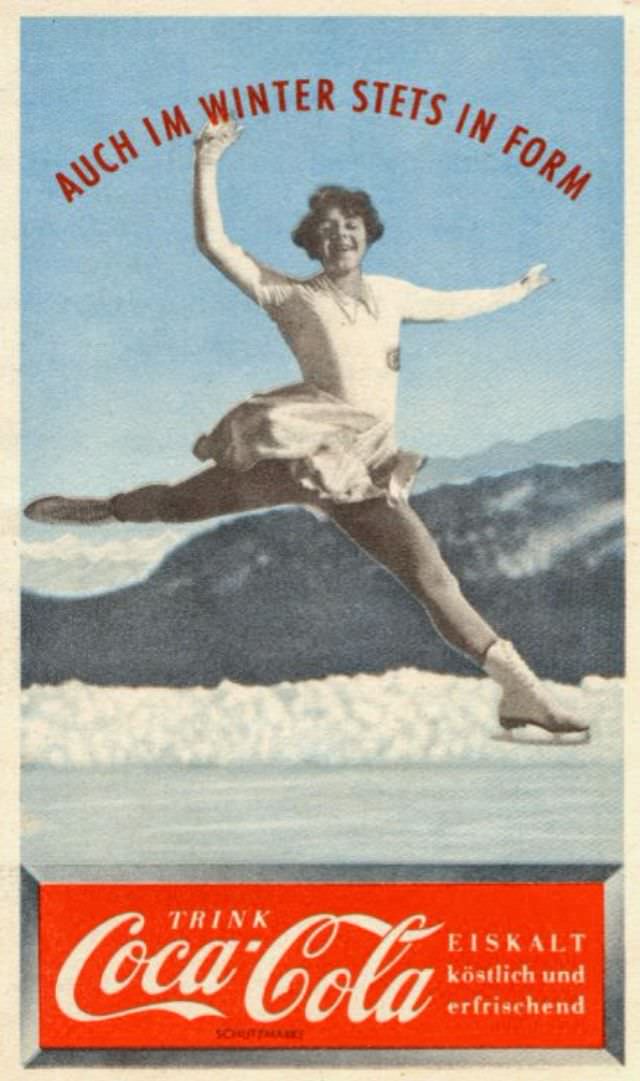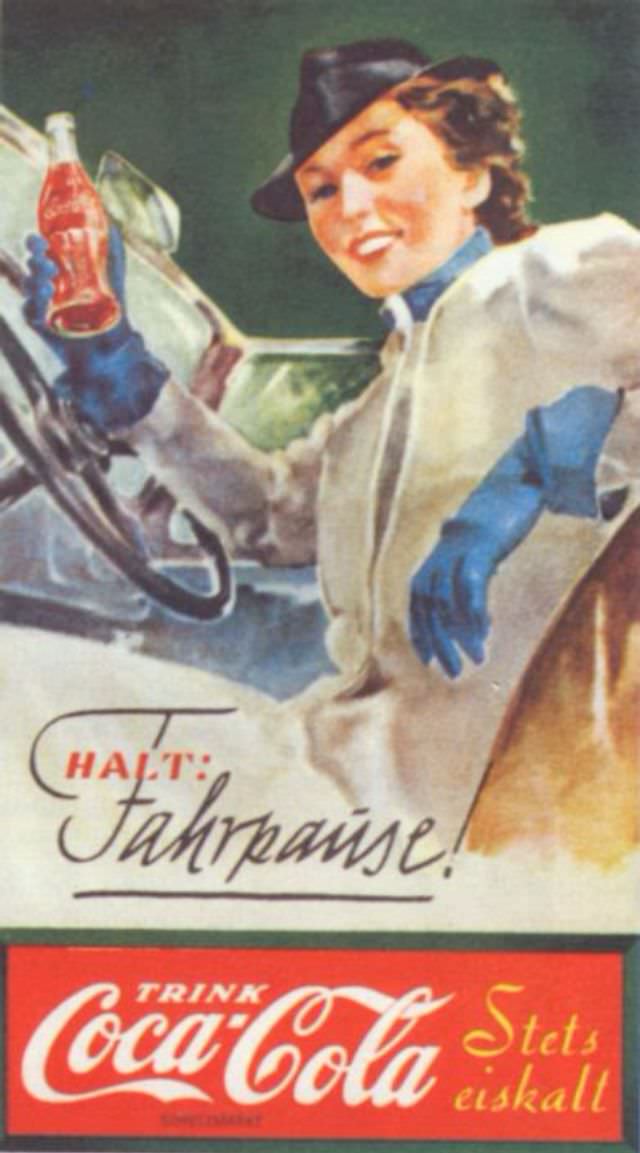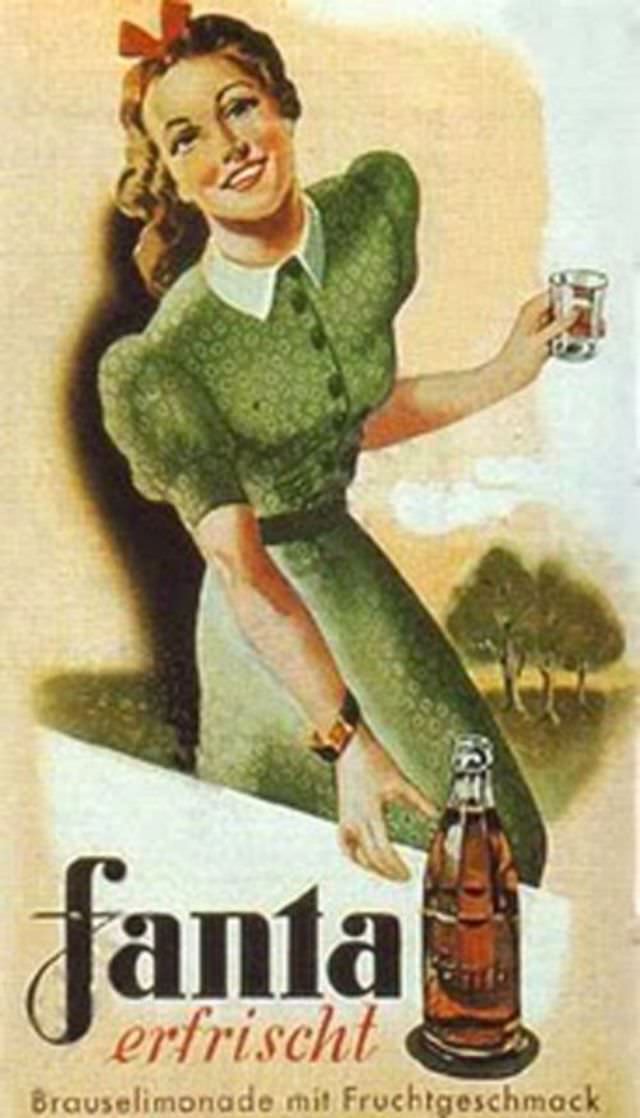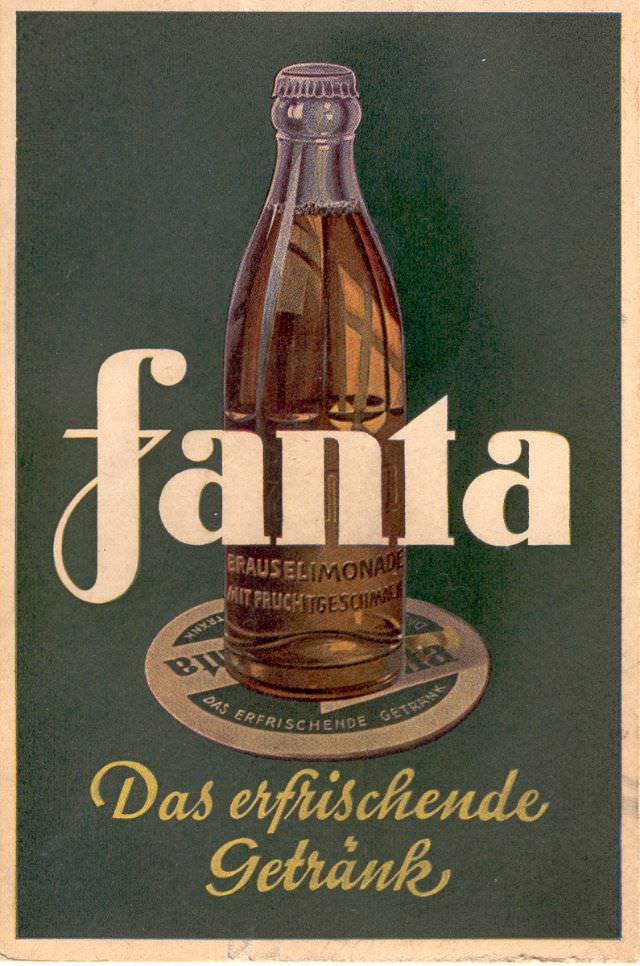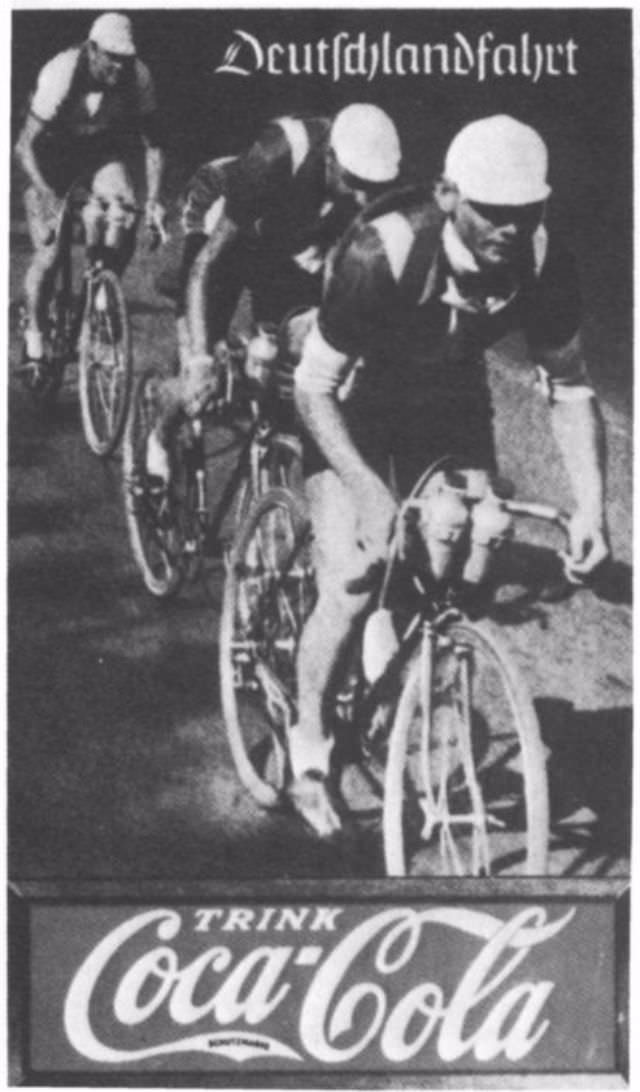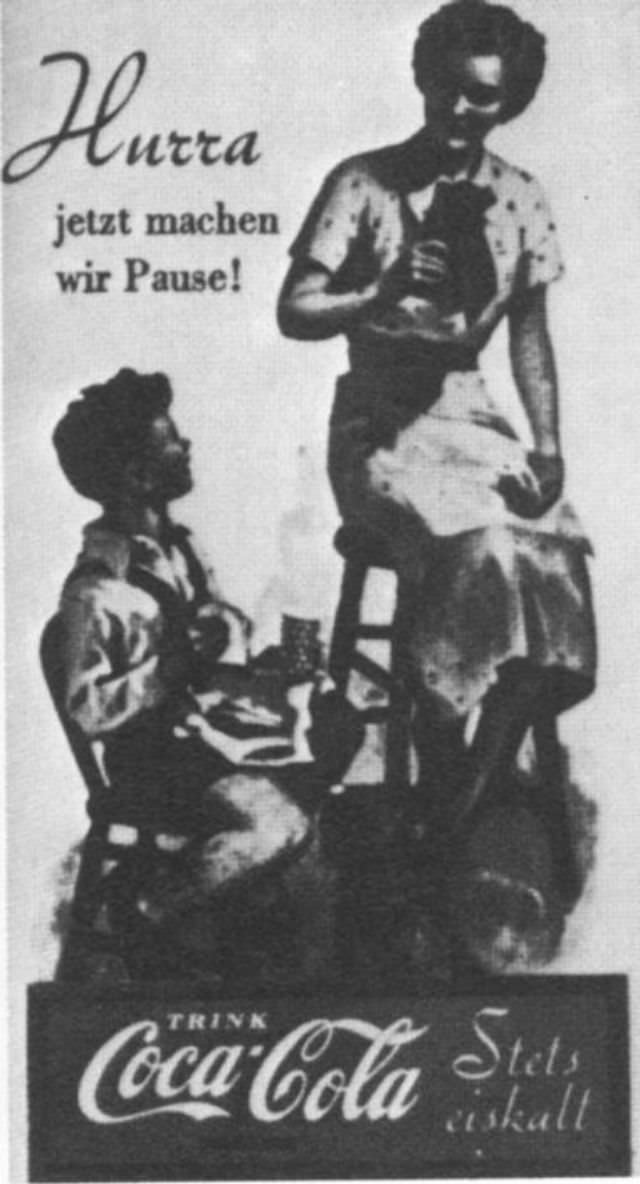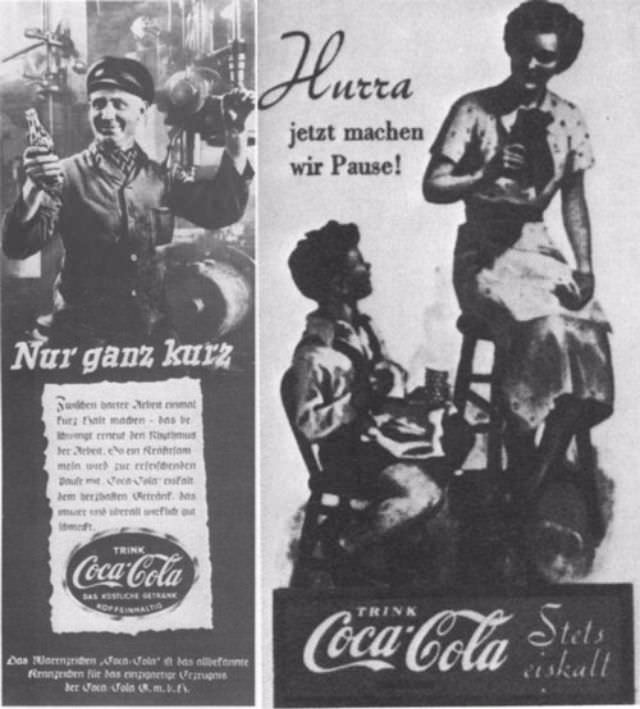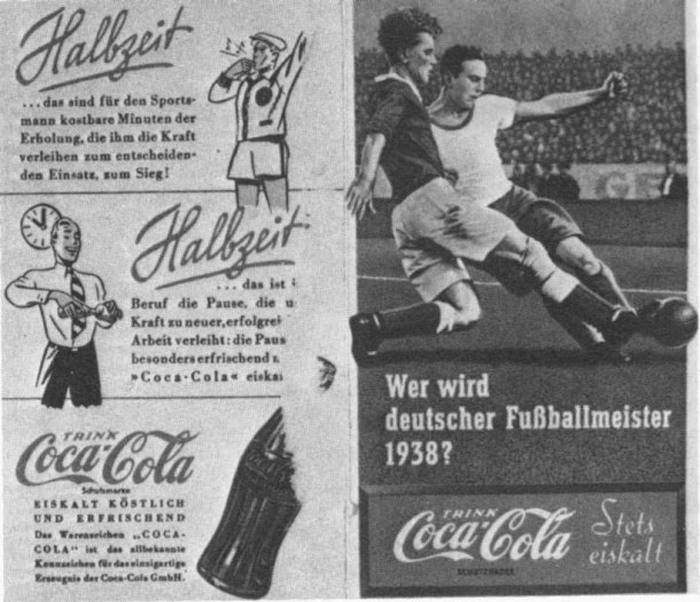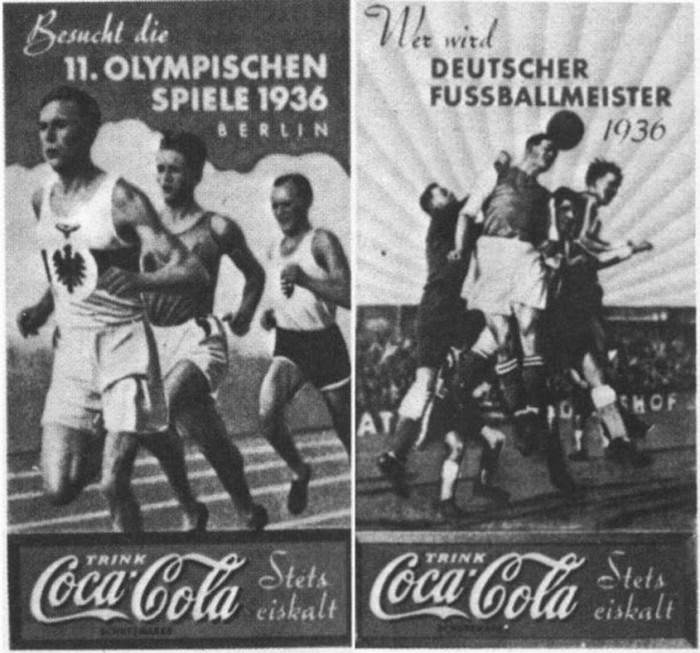Today, it’s hard to imagine a global brand like Coca-Cola being part of any controversial narrative, given its universal appeal and ubiquitous presence. However, in the late 1930s and during the World War II era, Coca-Cola found itself playing a unique role within Nazi Germany. Let’s explore this fascinating, if not slightly strange, intersection of commercial enterprise and wartime politics.
Bubbling Beginnings
The story begins in the early 1930s, when the Coca-Cola Company, seeking international expansion, launched its operations in Germany. With its catchy jingle and appealingly curved bottle, Coca-Cola quickly found favor among the German population. Interestingly, the company’s expansion didn’t stall with the rise of the Nazi regime in 1933. Instead, it successfully navigated the new political landscape, marketing itself within the ambit of the regime’s ideology and propagandistic fervor.
The ‘American Drink’ in the Land of the Swastika
Despite being an unmistakably American brand, Coca-Cola skillfully adapted its marketing strategies to fit the context of Nazi Germany. The company sponsored the 1936 Berlin Olympics, a massive propaganda event for the Nazis, showcasing Coca-Cola as a refreshing drink for athletes and spectators alike. The Coca-Cola advertisements of the time often featured wholesome, Aryan-looking men and women, reinforcing the Nazis’ idealized vision of the German populace.
The Wartime Conundrum and Ingenious Solutions
When war broke out in 1939, things started to get complicated. Shipping constraints and a U.S. trade embargo made it impossible for Coca-Cola Germany to receive the syrup needed to produce the standard Coca-Cola drink. However, the German branch, under the leadership of Max Keith, a man renowned for his resourcefulness, found an alternative. They created a new product, using ingredients available locally, called ‘Fanta’ — a beverage we’re all familiar with today.
Coke in the Desert: An Unlikely Tale
There is one anecdote from the North African theatre of the war that, while perhaps embellished with time, certainly makes for an interesting narrative. It’s said that German Luftwaffe pilots, upon discovering a stash of Coca-Cola left behind by retreating Allied troops, tied bottles of the beverage to their planes before taking off. The altitude cooled the bottles, and upon landing, the pilots enjoyed ice-cold Coca-Colas — a rare luxury in the scorching desert.
Post-war, Coca-Cola distanced itself from its wartime involvement with Nazi Germany. The company returned to its original recipe and continued its global expansion. The story of Coca-Cola in Nazi Germany offers a fascinating study of how a multinational corporation maneuvered through an incredibly challenging political and societal landscape.


